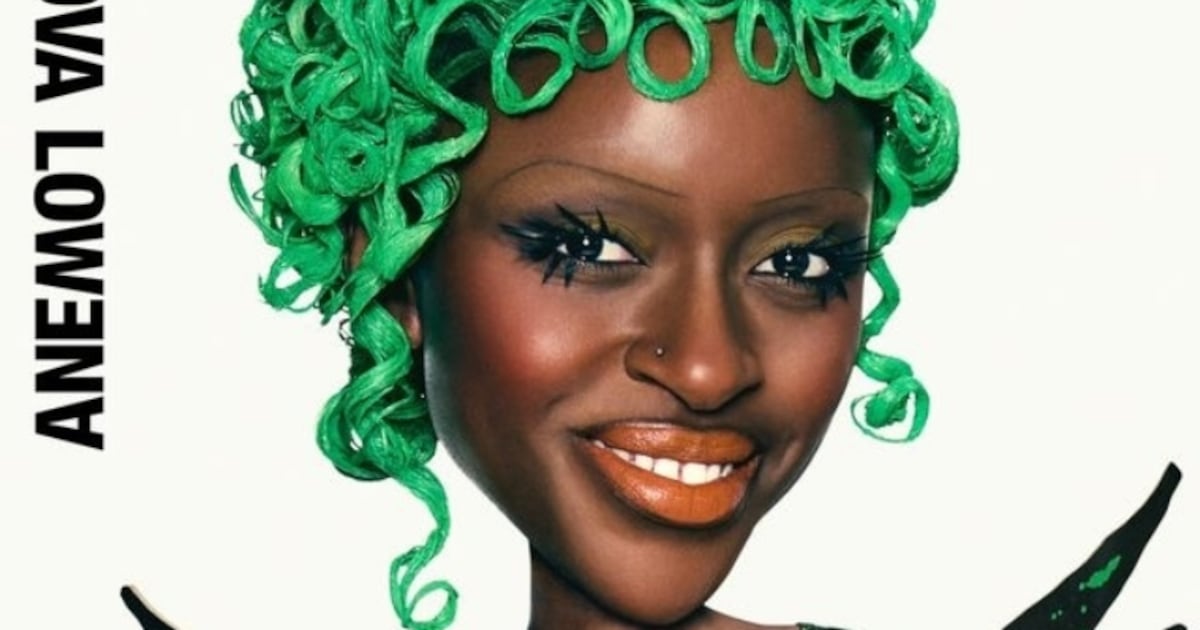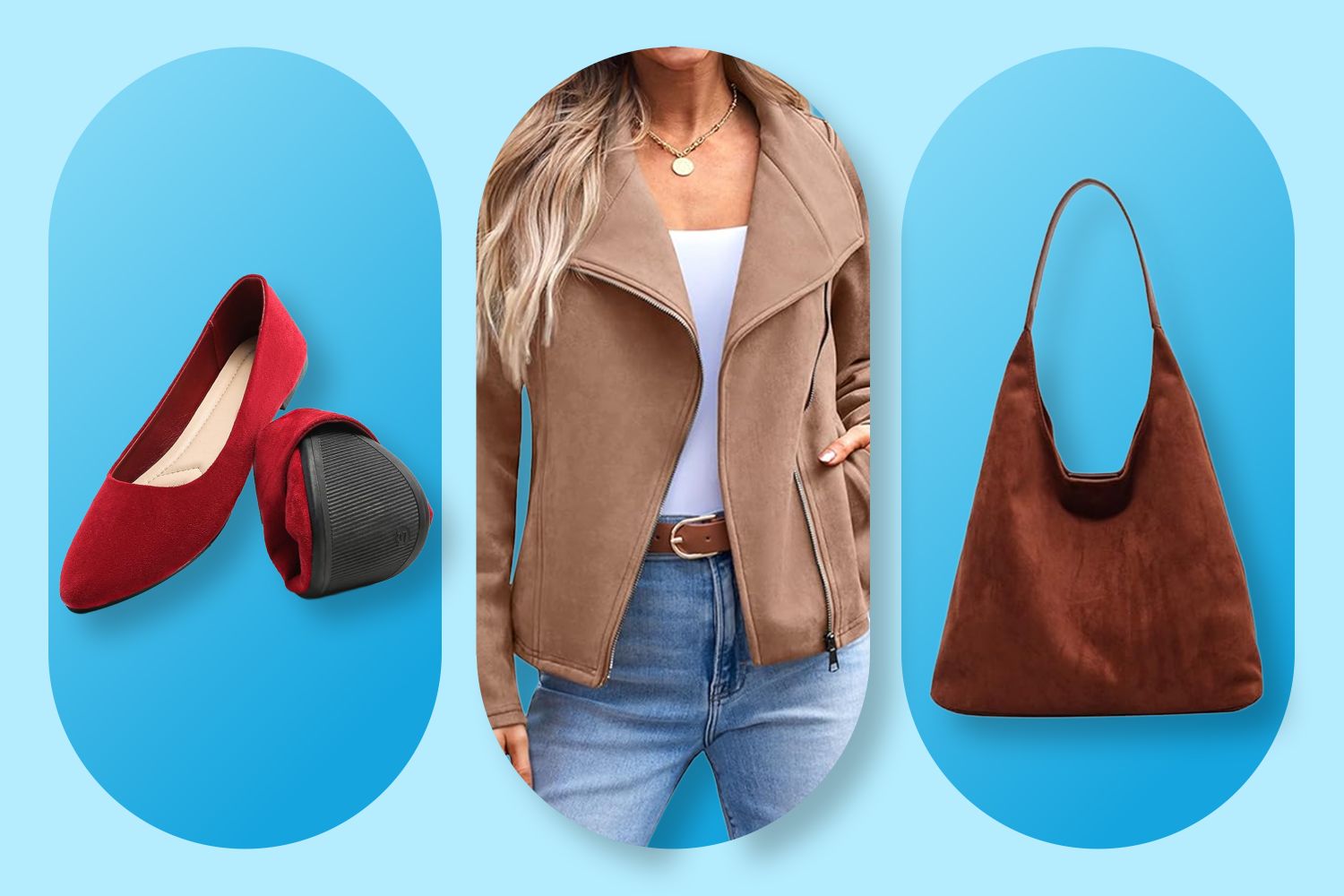Emma Stone channeled Gwyneth Paltrow in a daring silk Donna Karan co-ord set from the iconic film Great Expectations!
That’s the basic gist of every tweet and headline written about the look. There will be more, as there always is when celebrities reach back in time and pluck outfits from obscurity, “channeling” the who’s who of then to be somebody-or-another now. When throwback fashions dominated the Oscars red carpet in 2024, I described the moment as “Hollywood’s archival fashion arms race.”
I would say the Cold War is over, judging by the ubiquity of the playbook around town of late.
While Paltrow’s role in the Charles Dickens classic Great Expectations has been largely forgotten — with most else from the film — the fashions she wore have endured. Namely, the Donna Karan set in luxurious green that has become a staple for various fashion image archivists and connoisseurs of what “quintessential” late ’90s fashion trended towards.
Her signature bob with the side clip and Mac lipstick in Twig at the premiere continued the aesthetic ethos of the film, and are particular favorites of mine in Paltrow’s storied fashion history.
Stone here recreates the look wonderfully, sans the bob and modern makeup. Should she have opted for a pinker lip and less modern sandals, I’d have said it was a near-perfect recreation. But therein lies the problem: It is a recreation of a look that is widely accessible and well remembered by most.
Amid near-dozens of similar recreation looks out in the streets and on carpets this year alone, one begins to wonder if Hollywood stylists have run out of ideas.
The answer, unfortunately, isn’t so simple or satisfying. There is a banality to the practice I find personally distasteful, if only because fashion has this wonderful ability, like most art and visual language, to pull things and people out of time and place, to constantly reinvent. It looks backward and forward at the same time.
Emma Stone in archival Donna Karan is not that. This is not to dismiss the work of her stylist or her personal taste. Personally, I enjoy the look more than most things these days, and should silky co-ord sets come back into fashion, god help the women of Utah and the various reality television personalities who live there.
It is simply a costume. The look does not read as homage, or an update to a classic look that re-envisions it for this moment, or the context in which the client wears it. Bugonia, her latest flick with Yorgos Lanthimos, is a pseudo-sci-fi thriller. It is not a romantic flick based on a Dickensian drama about orphans. Not that Bugonia needs literally be Dickensian, but what exactly is the story being told here, except that sustainable fashion is a nice way to re-circulate clothing that has sat in storage somewhere in Midtown for decades?
Karan herself is also celebrating 40 years in the business in 2025 and has done a run of press around the celebration of that very celebratory fact. It would neither surprise or shock me if her own team was involved in securing high profile pulls for starlets from the brand’s incredible archives. The attention economy, after all, is circular.
The pre-eminent example, at least to me, of properly deployed archival fashion was Zendaya in Thierry Mugler at the premiere of Dune Part Two. The irony here was that the “Maschinenmensch” is actually a costume. The sudden appearance at the premiere depended on her specific access to a fashion item forbidden to most. It had never been worn on the carpet before, least of all by one of the brightest stars in recent memory.
That she co-helmed a groundbreaking work of science fiction filmmaking by one of the medium’s premier auteurs alongside another white-hot singularity, Timothée Chalamet, only deepens the mythology
That robot suit, on the premiere carpet of Dune Part Two, was also a testament to the skill of image architect Law Roach, a man who has consistently vocalized his fight to be taken seriously in what he does and what he brings to the table — a man who went on to one of the most coveted pieces in fashion history for one of the most desirable clients walking the carpet.
I’m reminded of what Roach said, following that premiere, in W: “What we do [as stylists] is just as powerful as that trailer that’s running on social media or in the theater. It’s the newest ideation of what it means to promote a movie.” For Roach and Zendaya, and then the studio heads, press tour fashion has become essential the fabric of Hollywood, a component to the storytelling on par with junket interviews and viral Youtube clips and cover stories.
After the Oscars, I noted that “One can feel the industry peeping over Roach’s shoulder, eager to borrow his notes.” Whatever notes they copied down there has become a seemingly essential rubric to the Hollywood press cycle in 2025. Send a client out in something that everyone remembers, hope that sites looking to generate traffic pull the Getty images, pray it gets picked up by Pop Crave, and do it all again the next time.
There will be another Emma Stone and there will be another silky Donna Karan set.The strategy works because an economy of images like this one is easily greased by nostalgia.
But everyone loses now that the pendulum has swung too far, and the history of Hollywood has been reduced to cheap costumery by those that lead it. I believe I read about a similar process to this one in Jean Baudrillard’s Simulacra and Simulation: “And so art is dead, not only because its critical transcendence is gone, but because reality itself, entirely impregnated by an aesthetic which is inseparable from its own structure, has been confused with its own image. Reality no longer has the time to take on the appearance of reality. It no longer even surpasses fiction: it captures every dream even before it takes on the appearance of a dream.”



